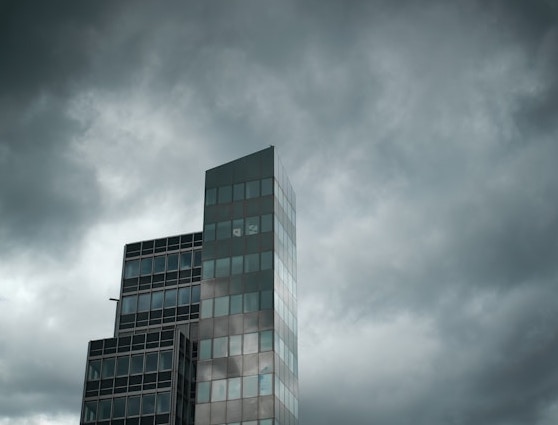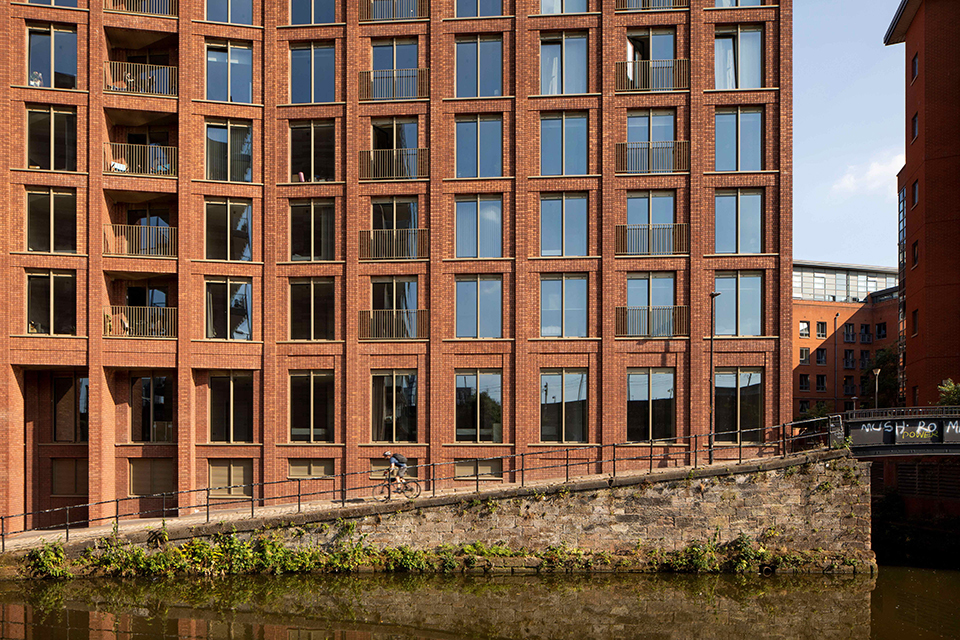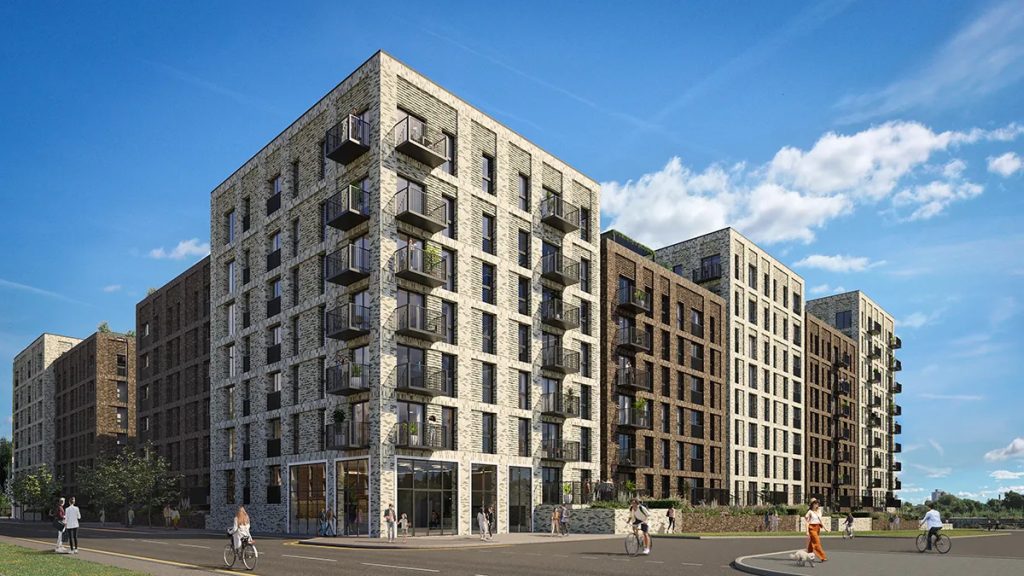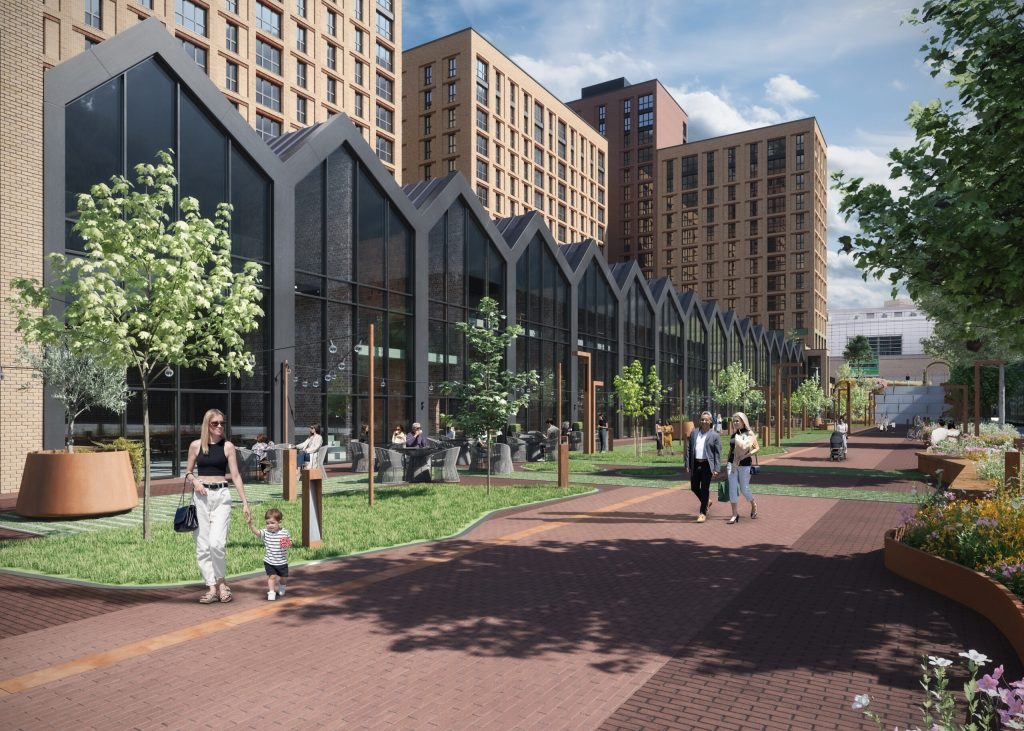As extreme weather events become more frequent due to climate change, property design in Liverpool is evolving to meet new challenges. These changes not only aim to protect buildings from environmental damage but also enhance the resilience and sustainability of the local housing market. This evolution in property design presents significant opportunities for property investment.
The Impact of Extreme Weather on Property Design
Liverpool, like many cities worldwide, is experiencing the effects of more frequent and severe weather events. Flooding, storms, and heatwaves are becoming common, prompting architects and developers to rethink traditional property designs. Modern properties now incorporate features that mitigate the risks associated with these extreme weather events, ensuring both the safety and comfort of residents.
Flood-Resilient Architecture
Flooding is a significant concern in Liverpool, especially in low-lying areas and those near water bodies. To combat this, new property designs include elevated foundations, raised electrical systems, and the use of flood-resistant materials. Additionally, landscape design around properties often includes permeable pavements, rain gardens, and efficient drainage systems to manage excess water. These innovations not only protect homes from flood damage but also maintain property value and appeal, making them attractive options for property investment.
Storm-Resistant Features
Severe storms and high winds can cause extensive damage to buildings. In response, modern properties in Liverpool are being constructed with storm-resistant features. These include reinforced structures, impact-resistant windows, and secure roofing systems designed to withstand high winds. By incorporating these elements, properties are better equipped to handle the physical stresses imposed by extreme weather, reducing the need for costly repairs and ensuring long-term durability.
Heatwave Adaptations
With heatwaves becoming more frequent, property designs are also adapting to keep interiors cool and energy-efficient. Features such as reflective roofing materials, enhanced insulation, and advanced ventilation systems help maintain comfortable indoor temperatures. Additionally, the use of green roofs and walls not only provides natural cooling but also contributes to the urban ecosystem by supporting biodiversity. These adaptations make properties more appealing to environmentally conscious buyers and tenants, enhancing their marketability and value.
Sustainable and Resilient Materials
The choice of building materials plays a crucial role in making properties resilient to extreme weather. Developers are increasingly using sustainable and durable materials such as engineered wood, recycled steel, and high-performance concrete. These materials offer better resistance to environmental stresses while also reducing the carbon footprint of construction projects. Properties built with such materials are likely to see increased demand, as sustainability becomes a key consideration for buyers and investors.
Smart Technology Integration
Integrating smart technology into property design enhances resilience and sustainability. Smart systems can monitor and manage energy use, detect water leaks, and provide real-time weather updates. For example, smart flood sensors can alert homeowners to rising water levels, allowing for proactive measures to prevent damage. These technologies not only improve the safety and efficiency of homes but also make them more attractive to tech-savvy buyers, driving demand in the property investment market.
Community and Infrastructure Planning
Beyond individual property designs, community and infrastructure planning play a vital role in enhancing resilience to extreme weather. Developing green spaces, enhancing public drainage systems, and ensuring robust emergency services are critical to protecting communities. Neighbourhoods that incorporate these features tend to be more desirable, as they offer a higher quality of life and better protection against climate-related risks. Investing in properties within such well-planned communities can provide stability and growth potential for property investors.
According to TK Property Group, the integration of flood-resistant architecture, storm-proof features, heatwave adaptations, sustainable materials, and smart technologies are key trends that are influencing the current and future landscape of property investment in Liverpool.





